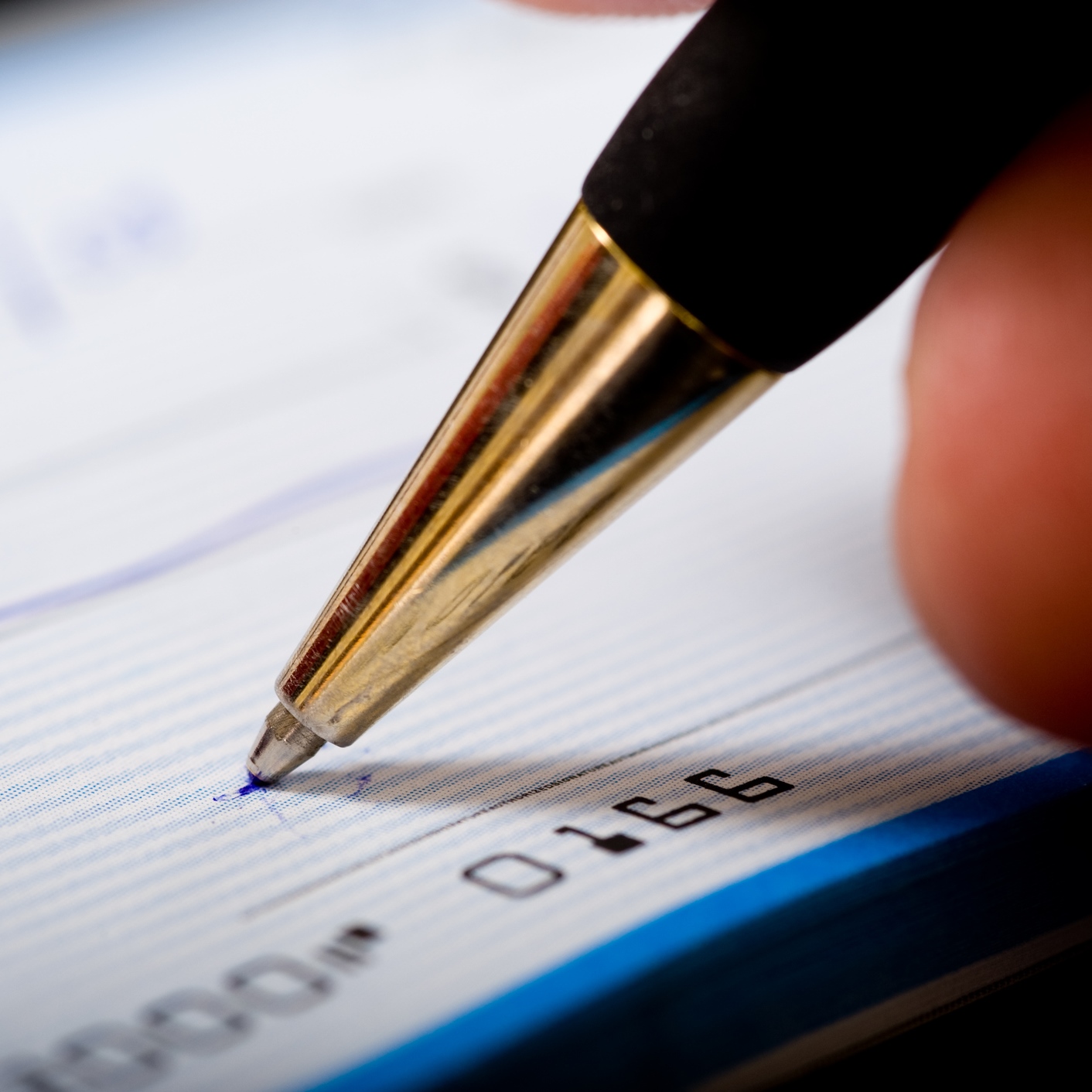Banking, finance, and taxes
How Checking Account Fees Can Cost You $800 a Year

Published:
Last Updated:

There’s an old saying that the best time to apply for a loan is when you don’t need one. A corollary, perhaps, is that the best time to get a checking account is when you have plenty of money and don’t plan to write very many checks.
The average checking account has about 22 total fees and some have up to 50. A full 60% of checking accounts charge 20 to 40 different fees. Annual fees could cost as much as $810, according to a survey published Wednesday by WalletHub, which compared annual checking account costs at 30 of the largest consumer-facing U.S. banks and five of the largest credit unions for five different types of customers. The researchers also ranked the institutions on the transparency of the fees they charge.
Regarding transparency, WalletHub noted that the sheer number of checking account fees “prevents effective product comparison and decreases the likelihood that consumers will find the best checking accounts for their needs.” Fee disclosures are often described differently, and the extent to which the fees are detailed varies widely, further hindering comparison shopping. In general, WalletHub noted, credit unions are more transparent about key account terms than branch-based accounts. However, online-only institutions provide the most visibility overall.
The study’s five customer types are characterized with the following labels:
Based on these attributes, the average checking account cost for a “cash-strapped” consumer is $522. But a careful cash-strapped consumer could save $423 a year by choosing a Charles Schwab Bank High Yield Investor Checking account, which charges no fees and pays an annual percentage rate of 0.06% — admittedly not much, but not nothing either.
At the other end of the checking account spectrum for cash-strapped consumers is the SunTrust Bank Select Checking account, which could cost up to $810.71 in fees, depending on overdraft charges and other fees.
For “old-school” consumers, the Navy Federal Credit Union Flagship checking account would actually pay you interest of $17.50 a year on a minimum balance of $5,000. The credit union does have membership requirements. There are nine other institutions that either charge no fees or pay interest on checking account funds.
For “young” consumers, WalletHub has identified seven institutions that charge no fees, while one could charge up to $300 annually.
“Everyday Joe” consumers could pay between nothing (at one institution) and $400 at another. Consumers who travel internationally and need international banking services could pay a low $43.50 annual fee or a high fee of $572.66.
The complete survey results on both checking account costs and fee transparency are available at the WalletHub website.
Are you ahead, or behind on retirement? For families with more than $500,000 saved for retirement, finding a financial advisor who puts your interest first can be the difference, and today it’s easier than ever. SmartAsset’s free tool matches you with up to three fiduciary financial advisors who serve your area in minutes. Each advisor has been carefully vetted and must act in your best interests. Start your search now.
If you’ve saved and built a substantial nest egg for you and your family, don’t delay; get started right here and help your retirement dreams become a retirement reality.
Thank you for reading! Have some feedback for us?
Contact the 24/7 Wall St. editorial team.